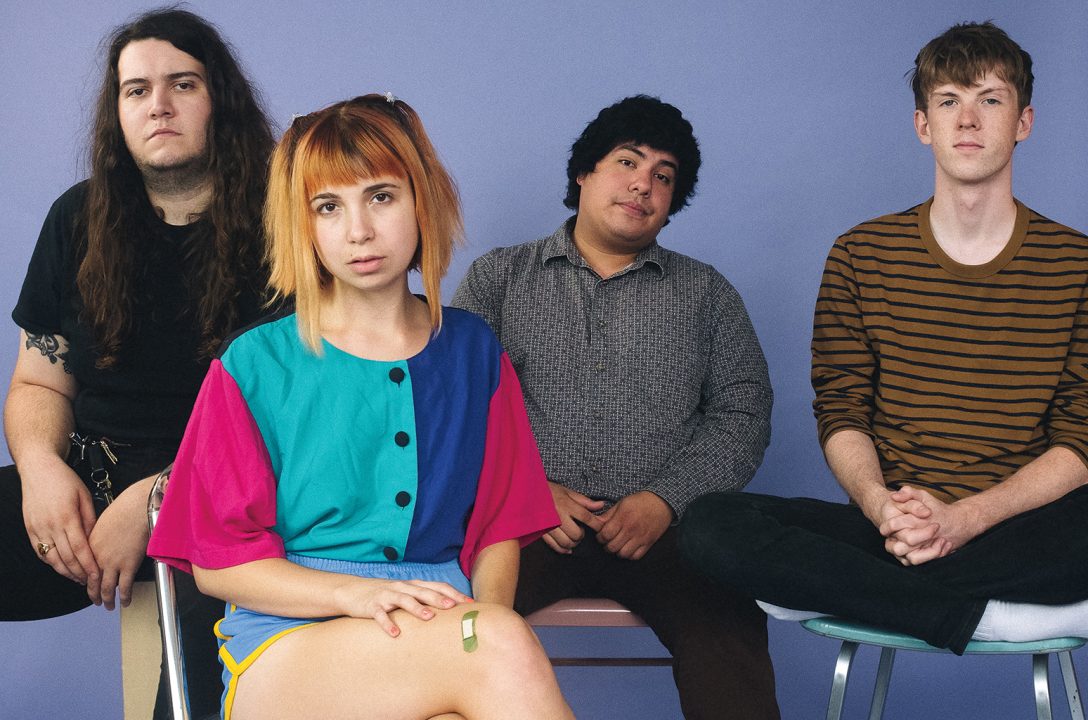Before “Art As Protest” began, we sat down with Shawntay Stocks, Frank Anderson and Tahira Mahdi, the graduate students who put the event together, to hear about what inspired the night and why it was so important to them. The grad students shared some of their own creative work along with students who braved the “open-mic” environment. The night consisted of recitation of poems, spoken word and encouraged audience participation with open discussion to learn more about the roots and inspirations of the art.
What is “Art As Protest”?
SS: “Art as Protest” is a way to creatively, kind of, resist. It’s a creative way to take a stand. For me, I write poetry and I’m a spoken word poet so a lot of my poetry is social political and social cultural, so it’s a way to get the message across that’s not always — well, sometimes it’s in your face. Sometimes it can be more subtle and it leaves you thinking. “Art As Protest” is for folks who want to take that creative medium — be it visual art, be it dance — to take a stand against different systems of oppression.
FA: I think that maybe there’s just an important distinction for tonight that it’s “art as protest,” and that even though it’s open mic, that it’s not just poetry. I think that gives everybody a chance to stand in their own strengths as artists.
Do you have any expectations or hopes of what the audience and performers might get out of the event?
TM: We do hope to analyze that. We developed the research project based on this. So we’re going to have a hashtag [#ArtAsProtestUMBC] and hope that people will tweet their feelings during the event and we just want to analyze that and see what is most important to people and what stands out to people. So as Participatory Action research, we’ll see what the people say.
FA: I hope people get a sense of community out of it, seeing that we are in a very trying and divided time. To be able to come together on campus and come together as artists or students or just community members is important.
TM: I’m also looking forward to this being a point of reflection as well because art is also an aspect of reflection. That’s important as we take a stand and as we move forward.
How important is it that undergrad students and younger kids are able to express themselves creatively about more serious or “taboo” topics?
FA: I think there can be such a standardized approach to education or like a traditional hierarchy of what we get out of education, whether it’s higher-ed or what we’ve learned from school growing up. Sometimes the arts get overshadowed in that picture. I think it is important to make those spaces for undergrads and for other students to really see the value of being able to express yourself through art.
SS: It’s also another way of visual storytelling, or poetic storytelling, dancing as a form of storytelling. So it helps folks to become cultural [misc], so the students can then take what they learn and show a different form of their learning and sharing the story as well. And it’s a different way of embodying it and understanding it, too.
TM: I have a lot of friends who have been…who have had their lives changed through the arts. Where they were on a certain path when they were growing up and then because someone put them in a program or someone said ‘it’s ok to express yourself with art,’ they just took another way. It’s like they had an outlet and they didn’t have to act out in bad ways, I guess.
Is there anything else about the event that you would like to share?
SS: As a group, we talk about this not being — like, we look forward to the sharing that we do as being as BPAR [Baltimore Participatory Action Research Group] to be something that is a spark and that it’s carried over so that it’s not just like it’s what we do here, that it will be a spark for continued type of conversation, be it creatively or be it as a community in another space. So this is a beginning — or no — A continuation, not a period.
TM: And with all of our events, we invite the larger community and when we put things on social media, we say everyone is invited. We invite other universities, just make sure people know that even though you aren’t a part of the campus community, you’re invited to share in what we do. Part of what BPAR is about is making and establishing and building community relationships, so our organization can continue and even once we graduate, the next students that come in will already have community involvement and relationships already established so that they can continue the work.
